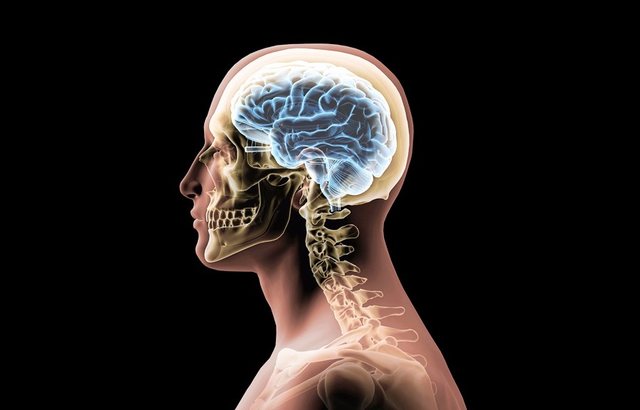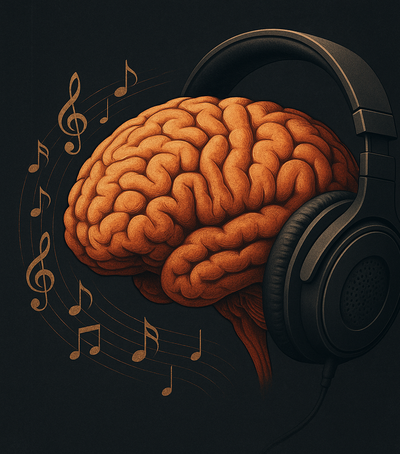
When art meets science
Why does a painting move us, a melody lift our spirits, or a simple symmetry give us a sense of harmony? The answer lies not only in personal taste, but also in the way our brains react to shapes, colors, and rhythms. This is what neuroaesthetics studies – a new field of science that combines neuroscience with art, to understand why we perceive something as “beautiful.”
The brain and aesthetic emotions
When we see something that we like aesthetically, certain areas of the brain are immediately activated – especially those associated with reward and pleasure, such as the orbitofrontal cortex and the dopaminergic system. This means that experiencing beauty evokes the same feelings as love, success, or a warm hug. Beauty, in this sense, is a biological experience, not just a cultural one.
Symmetry and visual harmony
Our brains are hardwired to seek order and balance. For this reason, symmetry is often perceived as beautiful – it gives the brain a sense of order and predictability. Studies have shown that symmetrical faces or balanced shapes activate pleasure centers in the brain more than irregular ones. Similarly, rhythm and repetition in art or music create a sense of security and calm because the brain anticipates patterns and experiences them as harmonious.
Colors and emotional impact
Colors have a direct impact on our emotions. Blue brings calm and focus, red increases energy and a sense of urgency, while green is associated with vitality and nature. These reactions are partly biological – inherited from evolutionary experience – and partly cultural. Artists, without always knowing the science behind them, have used these effects to construct emotions through color.
Art as a stimulus for the brain
Neuroaesthetics reveals that art is not just a visual pleasure, but an exercise for the brain. It stimulates creativity, empathy, and emotional memory. When we experience art, we activate complex networks that involve not only visual perception, but also imagination and personal memories. Therefore, the beauty we see on the outside is often a reflection of what we feel on the inside.
Beauty as a biological and spiritual code
Ultimately, neuroaesthetics teaches us that the feeling of beauty is not an accident. It is a bridge between body and soul, between brain and emotions. Beauty is the way our brain recognizes the harmony of the world and feels a sense of belonging to it. It is not just what we see, but also the way our brain gives meaning to what we see.





